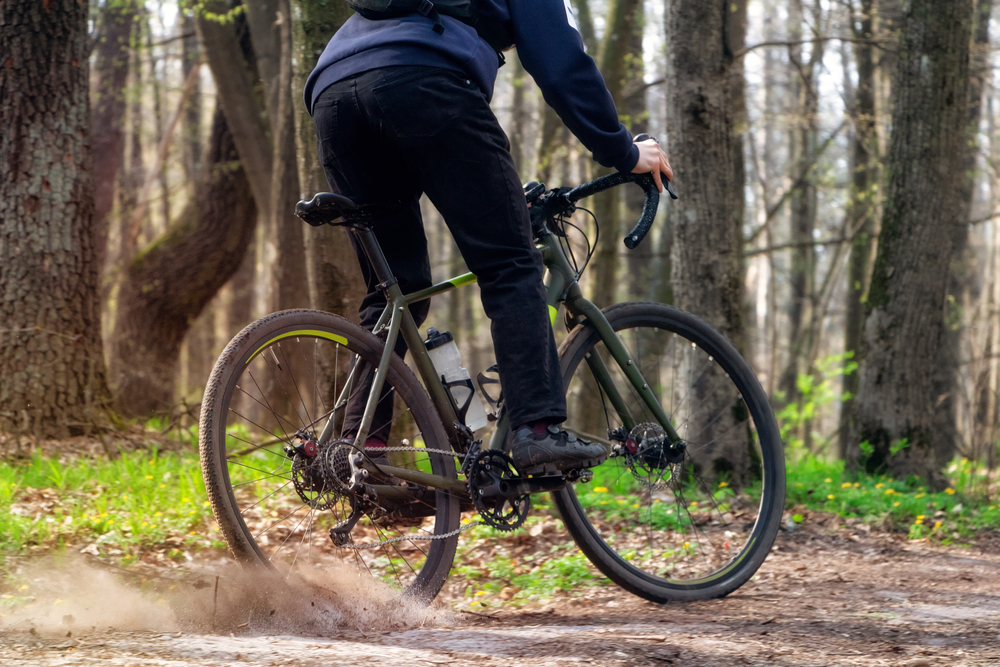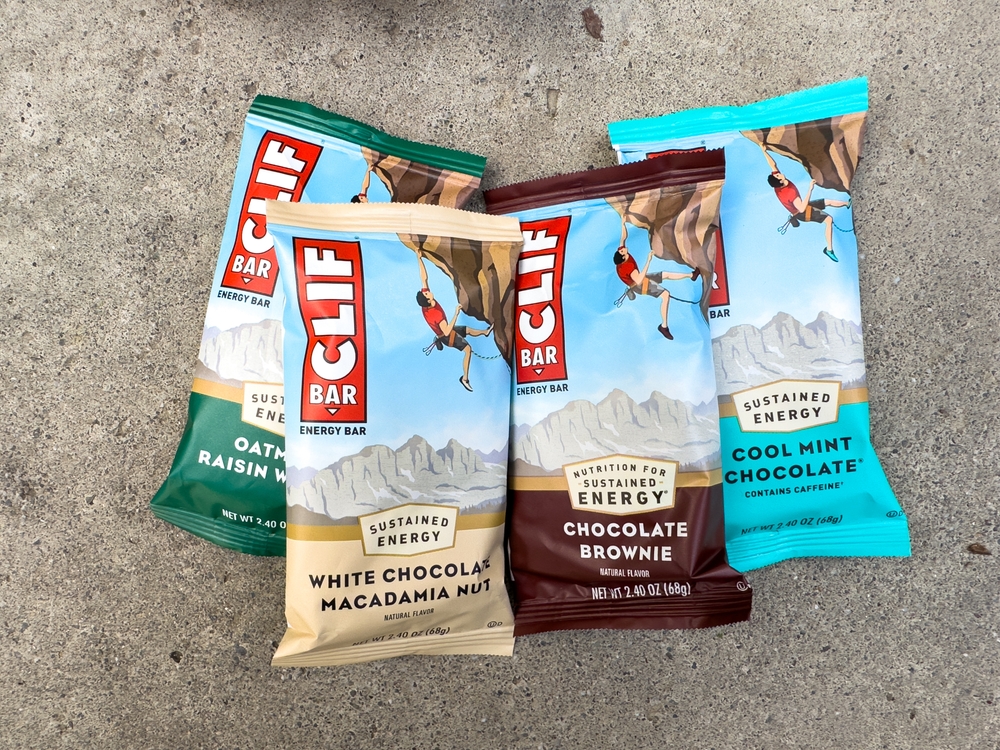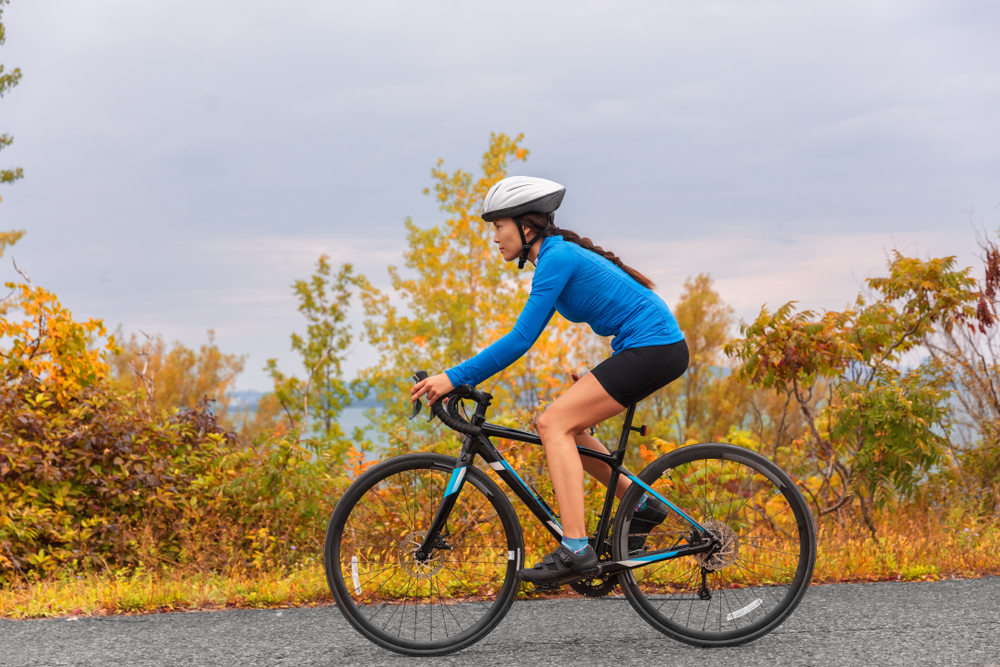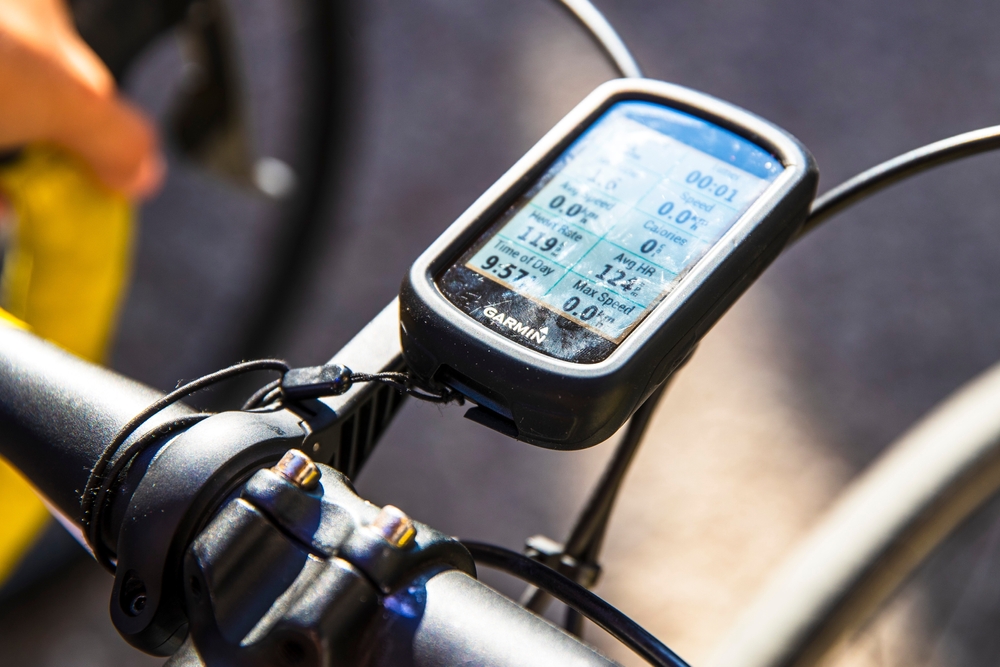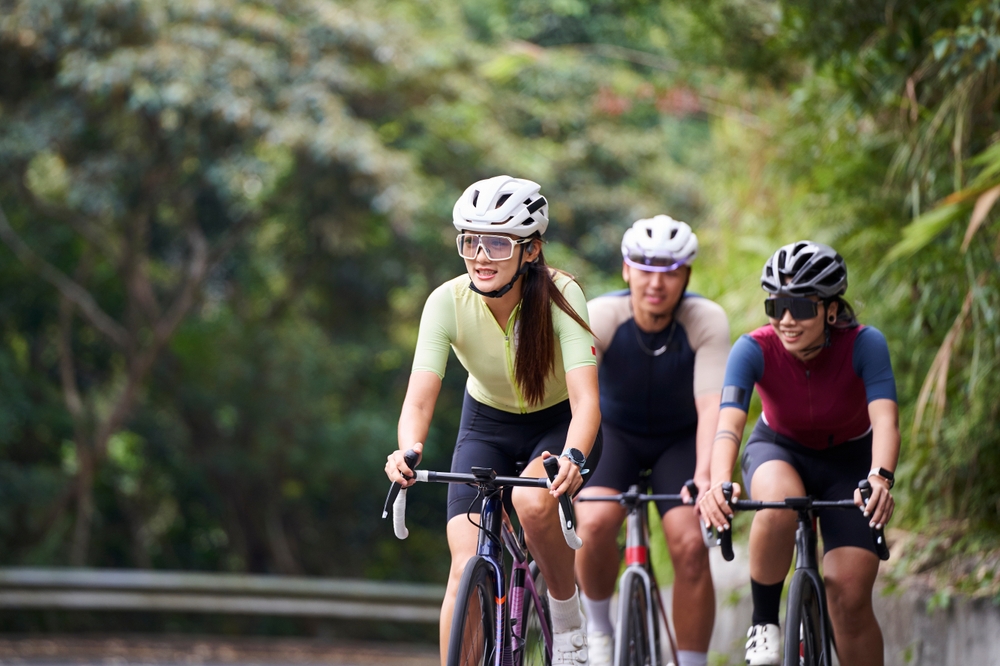Best Road Bike Saddle
Choosing the right road bike saddle is essential for comfort and performance. Different riders have varied needs. A saddle that works for one person might not be ideal for another. This guide will help you understand what to look for and provide some top recommendations.
Understanding Saddle Anatomy
It’s important to know the parts of a saddle and their functions. The shell is the saddle’s backbone, providing support. The padding offers cushioning, made from materials like foam or gel. The cover is the outer material, which comes in various textures and durabilities. Rails connect the saddle to the seat post, typically made of steel, titanium, or carbon.
Factors to Consider
When selecting a saddle, consider width, shape, padding, and materials. A saddle should match your sit bone width. This helps in distributing weight effectively and reducing pressure. Saddles are available in different shapes, from flat to curved. Choose one based on your riding style and flexibility.
Width
A fit bike shop can measure your sit bones. Wider saddles suit riders with wider sit bones. Narrower saddles are for those with narrower sit bones. A correct width saddle ensures comfort during long rides.
Shape
Flat saddles ensure free movement, ideal for flexible riders. Curved saddles provide more support and stability, suitable for less flexible riders.
Padding
More padding doesn’t always mean more comfort. Excess padding can cause chafing. Less padding can be better for longer rides. Choose based on personal comfort and riding duration.
Materials
Shell materials range from plastic to carbon fiber. Lighter materials reduce weight but may be less comfortable. Covers can be synthetic, leather, or a mix. Leather is durable but requires maintenance. Synthetic covers are low maintenance but might not be as breathable.
Top Road Bike Saddles
1. Selle Italia SLR Boost
This saddle offers a short nose and a cutout design for pressure relief. It’s lightweight with a carbon shell and rails. The minimal padding provides a firm yet comfortable ride. Suitable for aggressive riding positions.
2. Fizik Arione
Known for its long, narrow shape, this saddle supports flexible riders. The Wing Flex technology allows the sides to bend, adapting to pedal strokes. It’s made with a carbon-reinforced shell and optional carbon rails for weight reduction.
3. Brooks Cambium C15
A vulcanized rubber and organic cotton cover make this saddle unique. No break-in period is needed. It’s weather-resistant and maintains comfort over long distances. Ideal for endurance riders.
4. Specialized Power Expert
This saddle features a short design with a large cutout for pressure relief. Its Body Geometry design caters to both men and women. The padding is firm, maintaining comfort during extended rides.
5. Prologo Dimension
With a wide nose and a large cutout, this saddle focuses on comfort. It’s shorter and wider than typical saddles. The PAS system reduces perineal pressure, making it suitable for various riding styles.
6. Ergon SR Pro
Specifically designed for male riders, this saddle has orthopedic padding. The shape supports the sit bones and alleviates pressure. Carbon fiber shells and rails reduce weight without compromising strength.
7. Fabric Scoop
This saddle comes in three profiles: flat, shallow, and radius. It suits different riding positions and preferences. The nylon shell and steel rails provide durability. A microfibre cover offers a smooth, comfortable surface.
Personalizing Your Saddle
Positioning the saddle correctly influences comfort. Ensure it’s level or slightly tilted nose down. Adjust the height to maintain a slight bend in the knee at the bottom of the pedal stroke. Fore-aft adjustment aligns with your sit bones over the crank arms.
Consider using a saddle that includes pressure mapping. Some brands offer this service. It visualizes pressure points, helping to choose the best saddle for your anatomy. Trial and error might be needed until you find the perfect match.
Maintenance Tips
- Check the saddle rails regularly for cracks or wear.
- Keep the saddle clean, especially after wet rides.
- For leather saddles, condition them periodically to maintain flexibility.
- Check the bolt tightness connecting the saddle to the seat post.
Common Issues and Solutions
Numbness
A cutout saddle or one with a pressure relief channel can help. Ensure the saddle isn’t tilted too far up.
Chafing
Invest in quality cycling shorts. Choose a saddle with a smooth, low-friction cover.
Saddle Sores
Maintain good hygiene. Alternate between saddles to vary pressure points.
FAQs
- How can I tell if my saddle is the right fit? Listen to your body. Discomfort after short rides indicates a misfit. Get a professional bike fit if needed.
- Can a good saddle improve performance? Yes. Comfort leads to longer rides without pain, enhancing endurance and performance.
- How often should I replace my saddle? It depends on usage. Inspect for wear and replace if it compromises comfort or safety.
- Are cutout saddles better? Not necessarily. They work well for some, reducing pressure on sensitive areas. Test different types to find your preference.
“`


